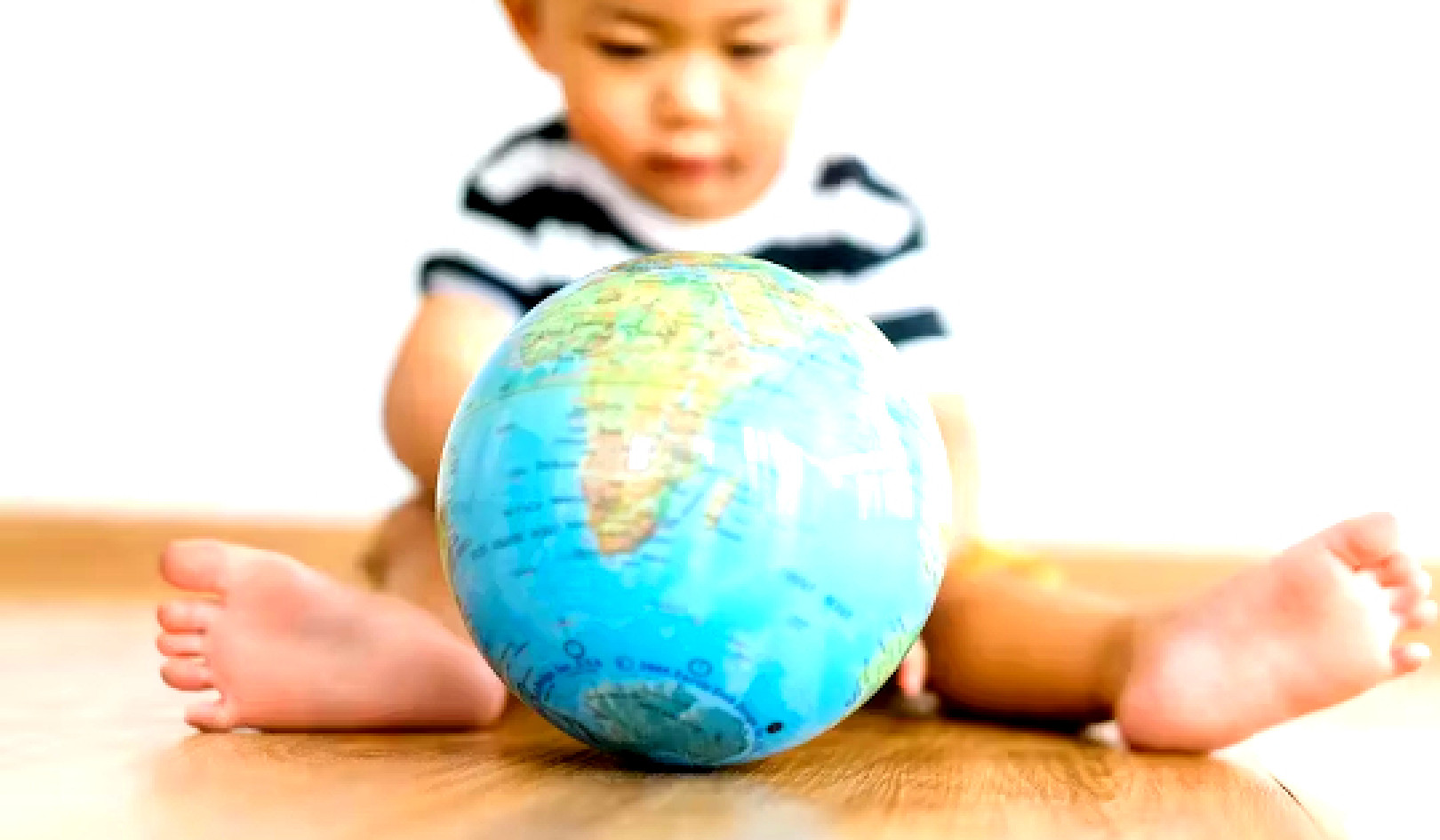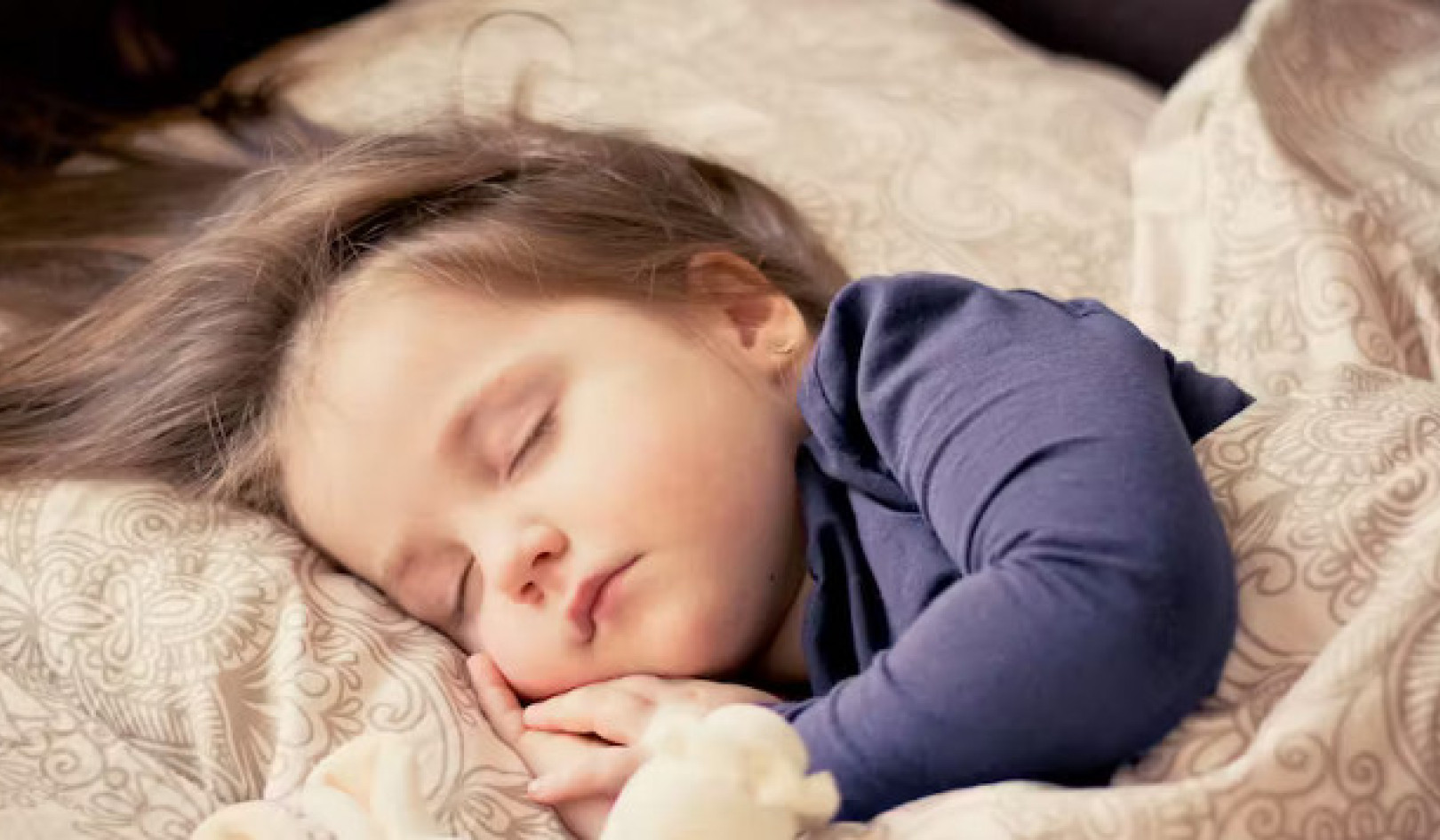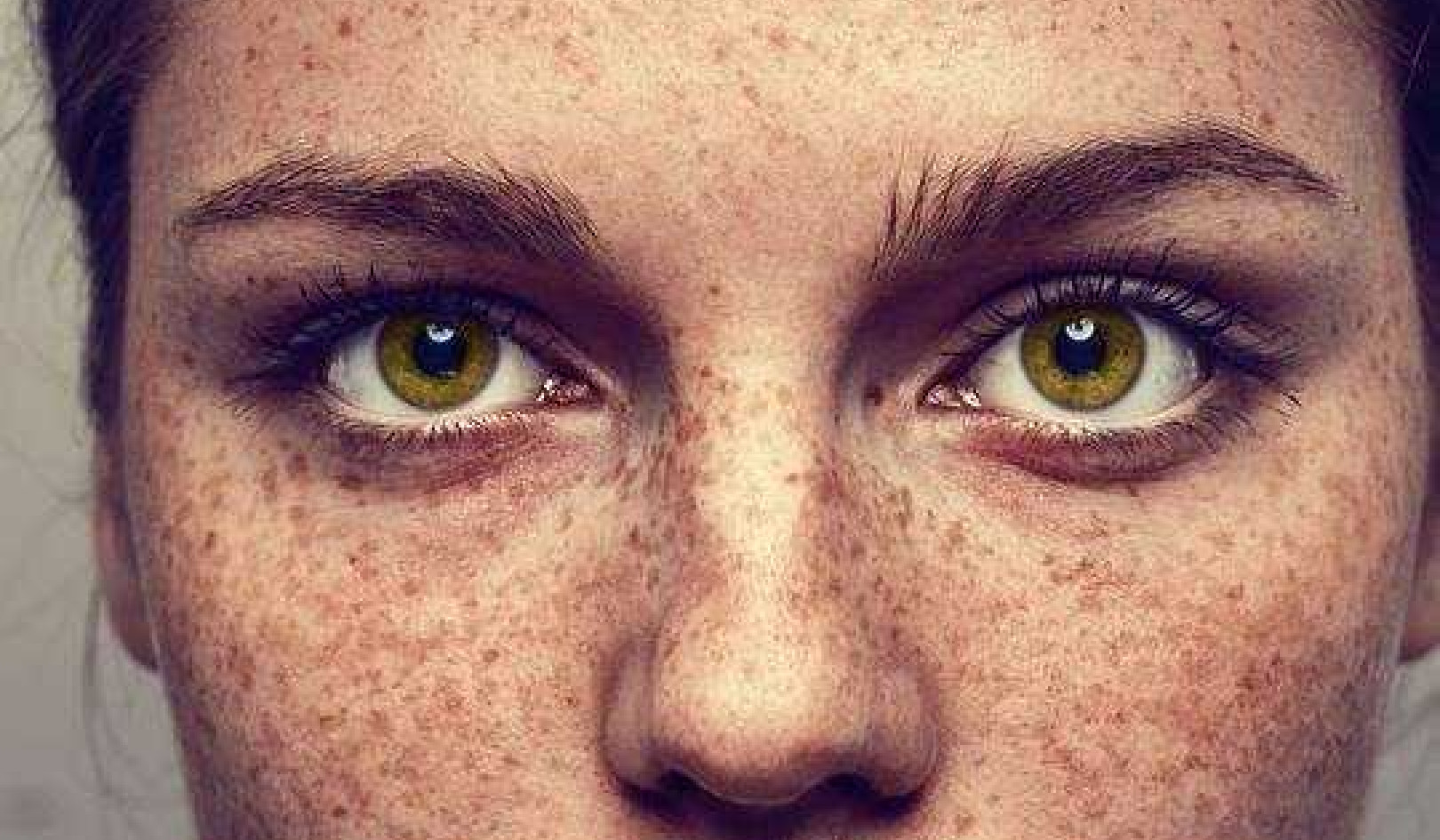 Brittani Burns/Unsplash
Brittani Burns/Unsplash
When Tinder issued an in-app public service announcement regarding COVID-19 on March 3 we all had a little laugh as a panoply of memes and gags hit the internet.
tinder out here protecting me from corona virus more than they’re protecting me from bad pickup lines and weirdos pic.twitter.com/vuw6PjdtH5
— Linds (@lindzsIay) March 3, 2020
Two weeks later the laughter has subsided, but the curiosity continues. How will singles mingle in the time of Corona?
We are entering unprecedented dating territory.
Luckily, dating apps have already taken the “face-to-face” out of many first meetings. A study conducted by YouGov and Galaxy in 2019 indicated 52% of Australian singles had used a dating app to make a romantic connection.
Usage was particularly high for single Aussies between 25 and 34, with 60% having used a dating app to make a romantic connection.
But while these people first made the connection online, for many (if not most), the connection eventually moved to real-life. So what now with social distancing?
We still want to connect …
People are still opening their dating apps.
Between March 5 and 10, OkCupid reported a 7% increase in new conversations, and at the time of writing, ten out of the top 100 apps on the iTunes store were dating apps.
During the second week of March, active users on Bumble rose by 8%. As American cities go into lockdown, apps are reporting increased numbers of messaging: on Bumble from March 12–22, Seattle saw a 23% increase in sent messages, New York City 23% and San Francisco 26%.
 An in-app message for Hinge users. Screenshot/Hinge, Author provided
An in-app message for Hinge users. Screenshot/Hinge, Author provided
In a time of spatial distancing, dating apps present a solution – to boredom, for connection – and also a risk. What responsibilities do dating apps have in relation to hook-ups and meet-ups and social distancing, if any?
Dating apps continue to serve public service announcements in-app, as well as encouraging people to use their chat and video functionalities to continue exploring potential relationships.
Social media points to another interesting trend: people are changing their interaction patterns in dating apps, or dating app discussions are becoming corona-centric.
There has been a 188% increase mentions of coronavirus on OkCupid profiles in March. Indian Tinder users described a rise in longer Tinder conversations. Which made many question if COVID-19 marked the return of Jane-Austen-like-courtships?
In the Jane Austen romance world, a protracted courtship might involve a spate of love letters. Today, it’s video chats and direct messages.
#QuarantinePickUpLines Just because we're socially distant doesn't mean we have to be emotionally distant.
— Sam Scott (@samuel_w_scott) March 16, 2020
To match this new phenomena, dating apps are pushing to keep the majority of the relationship in-app.
While many dating apps already had video-chat functionalities, some have tweaked the interface to make it more relevant to the current climate, re-branding video-chats as “virtual dates”.
… but with no touching
In this new world, we’re all navigating how romantic intimacy can exist without physical contact.
My friend is going on a 1st date tonight with a girl he's been talking to on Tinder. They're going to park next to each other at McDonald's and talk with the windows cracked while eating their own individual orders of fries. How's that for romance and longing, JANE AUSTEN?
— dave horwitz (@Dave_Horwitz) March 25, 2020
With the prospect of months of self-isolation how will we navigate sex? After all, not everyone has a sexual partner readily available.
A notice about sex and coronavirus from the New York City Department of Health went viral last weekend. It included the statement “You are your safest sex partner”.
The tables are suddenly turned: online hook-ups were previously framed as less wholesome than face-to-face ones. Yet in 2020 they are perceived as safer.
Simultaneously, we are seeing a steady rise in sex toy sales: sales are up 13% in the UK, 71% in Italy, and a whopping 135% in Canada. Australian sex toy brand Vush is reporting their sales are up 350%.
Connection is sought after in times of uncertainty, risk and crisis. But COVID-19 makes the navigation of these intimacies certainly difficult. We are in the middle of a historical re-jigging of our understanding of romance, intimacy and sex.
It’s safe to say the negotiation of intimacy has been irrevocably changed – even if it is only for the short while.![]()
About The Author
Lisa Portolan, PhD student, Institute for Culture and Society, Western Sydney University
This article is republished from The Conversation under a Creative Commons license. Read the original article.

Related Books:
Come as You Are: The Surprising New Science That Will Transform Your Sex Life
by Emily Nagoski
A groundbreaking book about why sex is so important to us, and what science is revealing about how we can make our sex lives better.Click for more info or to order
She Comes First: The Thinking Man's Guide to Pleasuring a Woman
by Ian Kerner
A guide to giving and receiving better oral sex, with an emphasis on female pleasure and satisfaction.Click for more info or to order
The Joy of Sex: The Ultimate Revised Edition
by Alex Comfort
A classic guide to sexual pleasure, updated and expanded for the modern era.Click for more info or to order
The Guide to Getting It On! (The Universe's Coolest and Most Informative Book About Sex)
by Paul Joannides
An entertaining and informative guide to sex, covering everything from anatomy and technique to communication and consent.Click for more info or to order
The Erotic Mind: Unlocking the Inner Sources of Sexual Passion and Fulfillment
by Jack Morin
An exploration of the psychological and emotional aspects of sexuality, and how we can develop a healthier and more fulfilling relationship with our own desires.
























